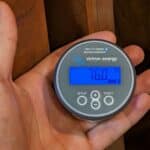
MENUMENU
TALK TO AN EXPERT
Special Hours: 7AM – 6PM PST
TALK TO AN EXPERT
Special Hours: 7AM – 6PM PST
Electricity can feel like a complicated subject in RV and marine circles. But with more campers and boaters upgrading to solar and lithium power, understanding the basics of energy measurement is becoming essential. Whether you’re planning your system or simply trying to figure out how long your fridge will run, knowing how to convert watt-hours to amp-hours (and vice versa) can save you headaches, money, and even prevent system failures. Let’s break it down into simple steps with real-world examples.
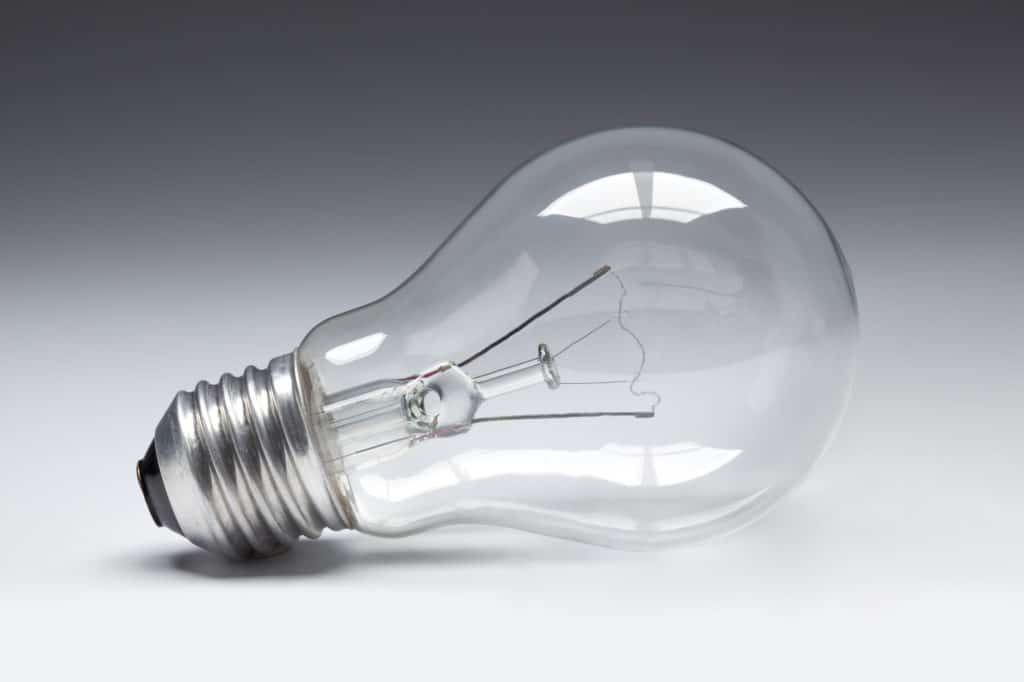
A watt-hour (Wh) is a unit of energy that measures the capacity of power (in watts) moving over time (an hour). When talking about battery life, this would mean the number of watts that an application uses per hour.
💡 Think of it like a car’s odometer. Just as miles show how far you’ve traveled, watt-hours show how much energy you’ve consumed.
Example: A 60W light bulb running for 24 hours uses:
60W × 24h = 1440Wh or 1.44 kWh (kilowatt hours).
If you run multiple devices, you just add their watt-hours together. This helps you see your total daily energy use—a crucial step in planning battery size or solar needs.
You should be familiar with this number from your electrical bill. This is how energy is metered generally billed to you in kWh or kilowatt hours.
An amp-hour is a measurement of current (in amps) flowing over a period (an hour). This is what we call electric charge. Unlike watt-hours, amp-hours don’t include voltage, so they don’t fully describe energy.
⚡ Analogy: Imagine current like water. Amp-hours tell you how much water is in the bucket. Watt-hours tell you how much work that water can do when it spins a waterwheel which will depend on how high the water is poured from.
Example: A 100Ah battery can deliver:
• 100 amps for 1 hour
• 10 amps for 10 hours
• Or any other combination totaling 100Ah.
But without voltage, you still don’t know how much energy that represents—which is why conversions matter.

When sizing your RV or boat’s electrical system, the most useful formula is:
Watt-hours = Amp-hours × Volts
👉 This is the bridge between charge (Ah) and usable energy (Wh).
Example: A 12V, 100Ah battery gives:
100Ah × 12V = 1200Wh of energy.
But here’s the catch—if you switch to a 24V system, you can get the same 1200Wh with fewer amp-hours:
50Ah × 24V = 1200Wh.
⚡ Takeaway: Watt-hours are the best “apples-to-apples” way to compare batteries, since amp-hours alone don’t tell the full story.
→ Need a quick refresher? Check out Amps, Volts, and Watts: Differences Explained
To showcase how amp-hours does not equal energy, you could get the same 1200 watt-hours from a 24V battery. You’d multiply: 50Ah x 24V = 1200Wh.
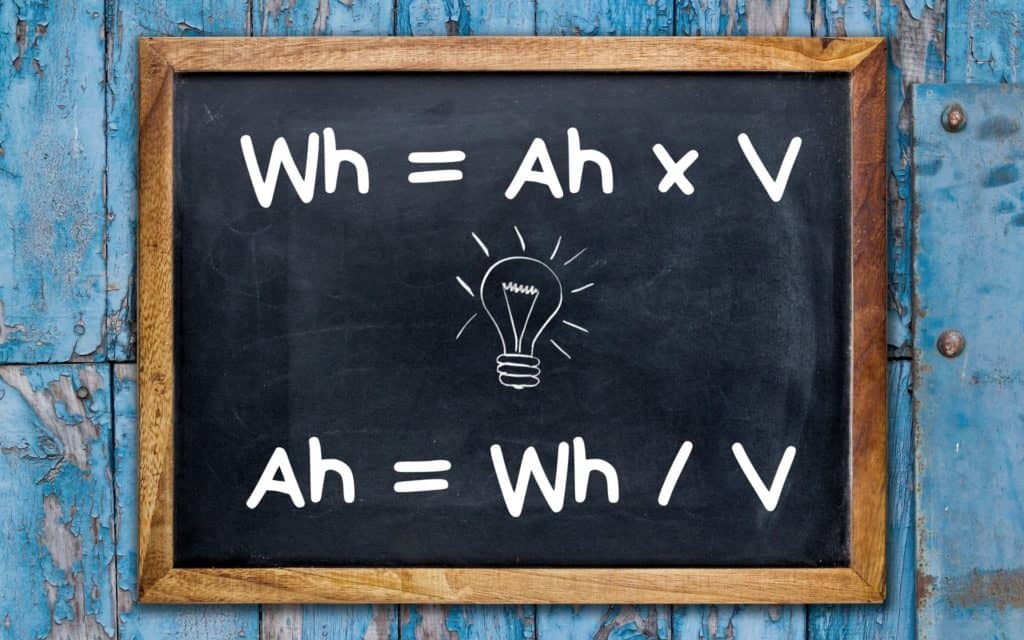
Sometimes you’ll know the watt-hours but not the amp-hours of your battery bank or devices. In that case, just flip the formula:
Amp-hours = Watt-hours ÷ Volts
Example: You have a 120Wh battery pack rated at 12V.
120Wh ÷ 12V = 10Ah.
👉 Rule of thumb:
Memorize those two shortcuts, and you’ll never be stuck doing guesswork on the road.
Let’s put this into practice with a real-world battery.
A 100Ah, 12V lithium battery gives you:
100Ah × 12V = 1200Wh.
Here’s the key difference: our Battle Born 12V batteries consistently deliver that full 1200Wh even under heavy loads, thanks to stable voltage and proper design.
👉 Bottom line: When you compare batteries on a watt-hour basis, lithium gives you all the energy you paid for.
Note that amp-hours will vary slightly depending on nominal voltage. In a 12V Battle Born Battery, this is a little over 13V under light loads so we see around 1,300Wh of available energy. This is partially why comparing battery amp-hours isn’t apples to apples.
In the video below, Tom Morton of Mortons on the Move compares “apples to apples” between lead-acid and lithium batteries with watt-hour capacities. He finds out just how difficult it is to get the energy ratings out of lead-acid that they claim and just how much lithium batteries provide under various loads.
He also demonstrates that, over the life of one of our Battle Born Batteries, the cost per watt-hour of energy is less than all of the tested lead-acid competitors! See the results here: What is the Best Battery for the Money?
To help you with some quick and common amp-hour to watt-hour conversions, we’ve pulled together this handy chart for quick reference. Note that the watt-hours are with a 15-hour discharge at 70 degrees F, as energy capacities of batteries vary greatly with discharge and environmental conditions.
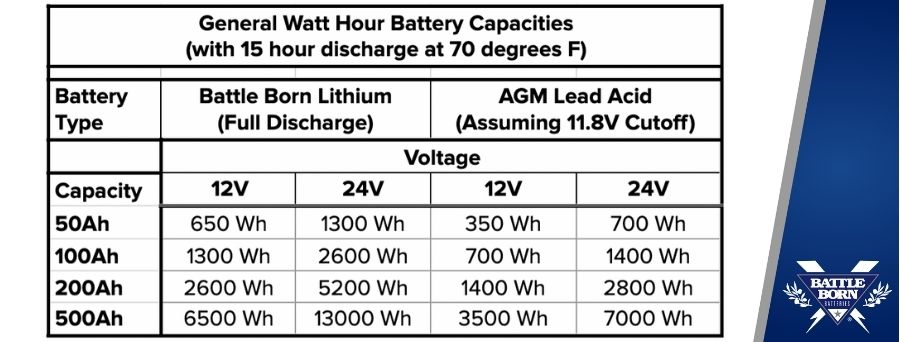
There are many conversion calculators and charts that you can find with a quick Google search.
But knowing the equations yourself will help you add watts of several devices together to determine amperage needs for your RV. You never know when you’ll need to understand your battery’s power needs, and you don’t have cell service to look it up.
The biggest reason you’ll need to understand these calculations is to understand your battery’s energy capacity. When trying to run a device on battery power, it’s important to understand how much battery capacity you’ll need to run it.
You might also need to equate watt-hours to amp-hours when designing your solar setup. You’ll determine how many watts you’ll use in one day, adding each device’s watts together. Then you’ll divide that total by the voltage in your rig to discover the amp-hours that will be created. This figure will determine the number and type of batteries you will need, the size of solar panels required, and even the thickness of connecting wires.
By understanding how amp-hours and watt-hours are related, you can effectively compare battery energy capacities. While multiple types of batteries are rated for “100 amp-hours,” you now have the knowledge to figure out just how much energy those batteries will provide you and for how long. If you ask us, that’s some pretty crucial knowledge when you need power off the grid.

We know that building or upgrading an electrical system can be overwhelming, so we’re here to help. Our Reno, Nevada-based sales and customer service team is standing by at (855) 292-2831 to take your questions!
Also, join us on Facebook, Instagram, and YouTube to learn more about how lithium battery systems can power your lifestyle, see how others have built their systems, and gain the confidence to get out there and stay out there.
Shop Best Sellers
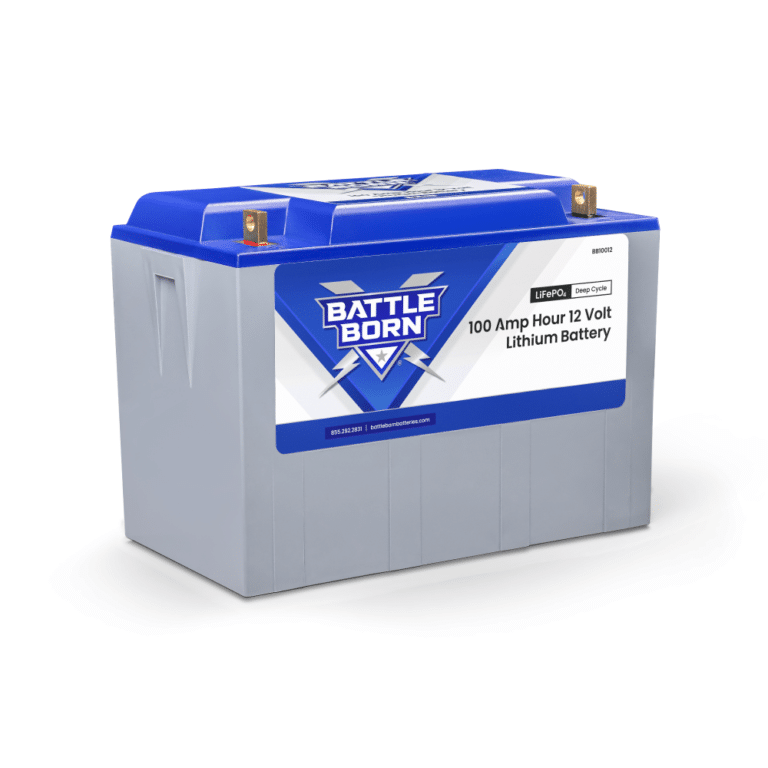
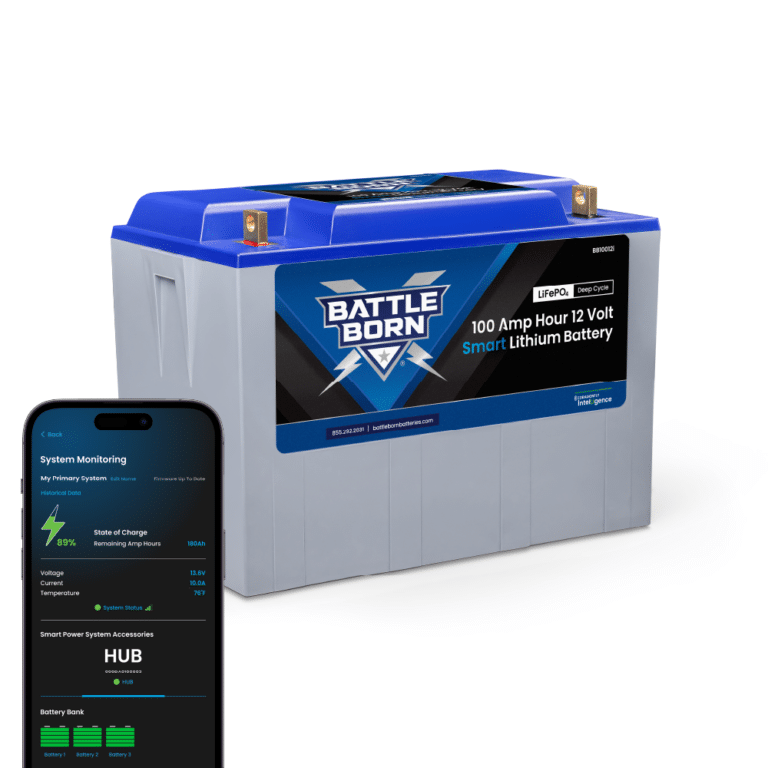
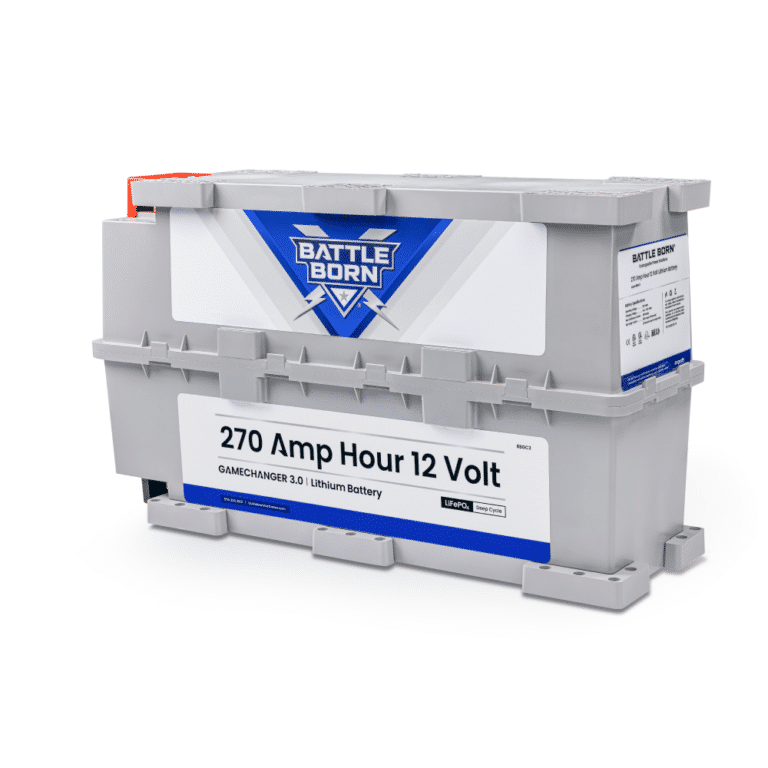
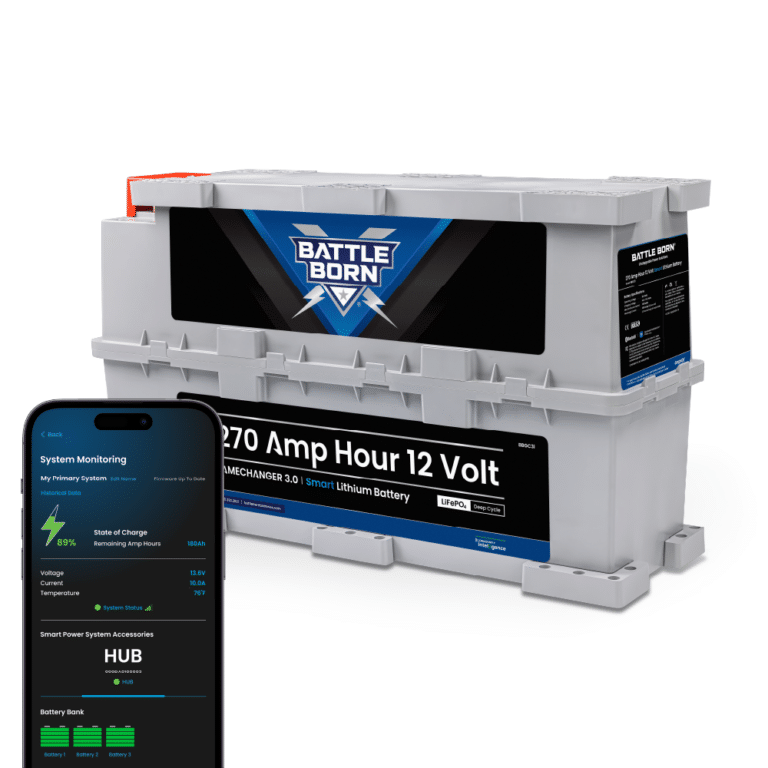
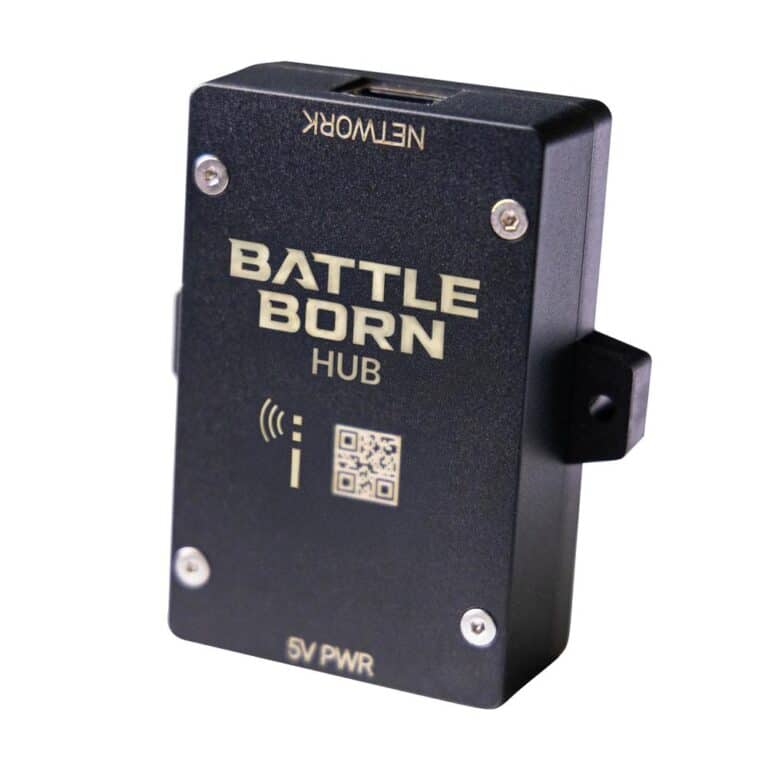
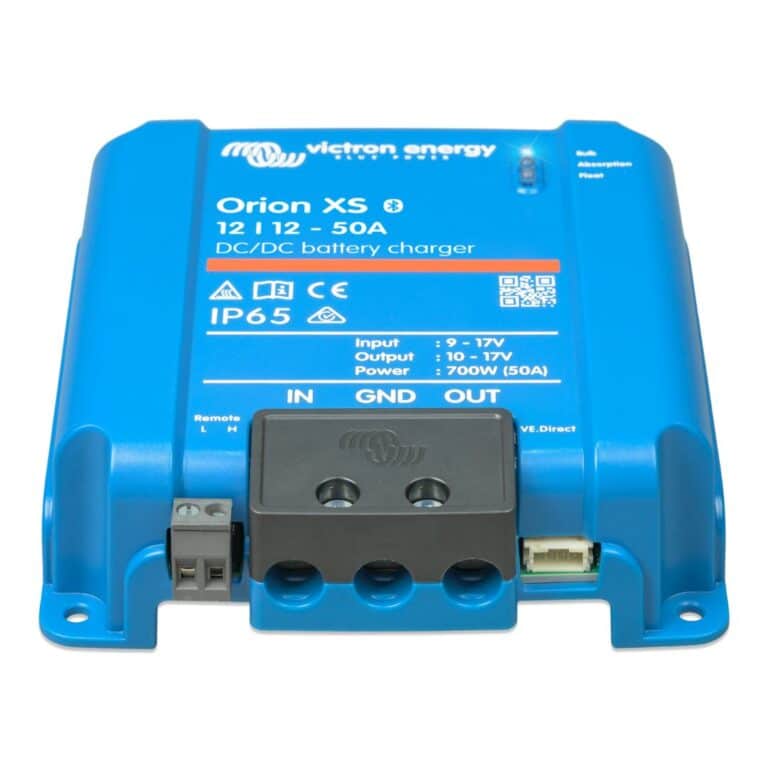
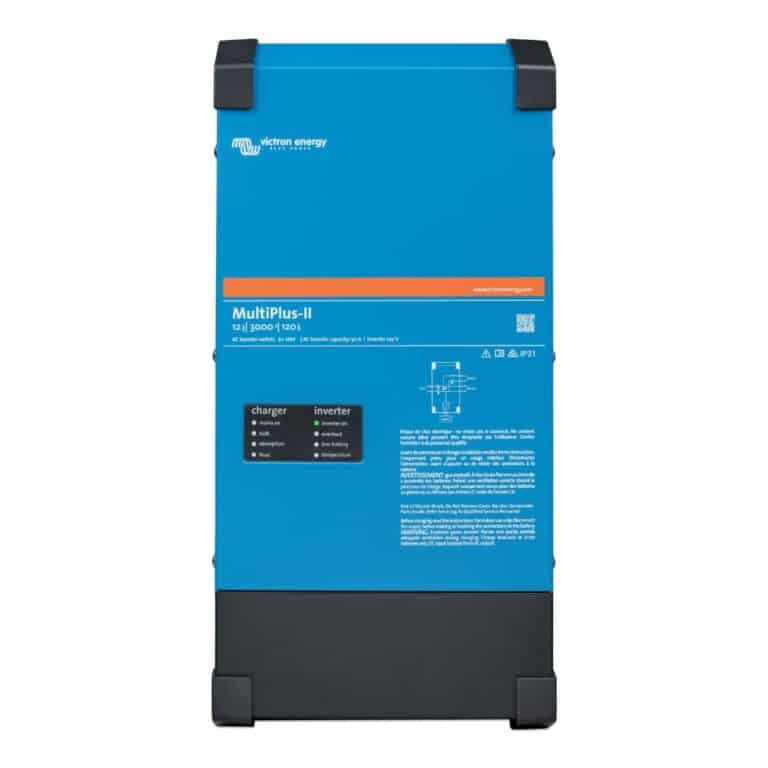

Ask a technical specialist now at 855.292.2831
Stay in the Know
5 thoughts on “How to Calculate and Compare Watt Hours to Amp Hours”
So, if house electric is costing 15 cents a kilowatt, and one knows the amp draw of an appliance, how to you calculate the cost/hour to run that appliance?
Hi Dave! Start by determining the appliance’s wattage. If an appliance is rated at 100W, it will use 100W per hour. Then convert to Kilowatts by dividing the amount of Watts by 1,000. An appliance that uses 100W per hour would use 0.1kW per hour. Finally multiply by your kWh rate. So, if it costs 15 cents per kWh, then an appliance using 0.1kW an hour, would cost 1.5 cents per hour.
Amazing, thanks for the simple explanation and great guide.
Very good explanation of ah and wh thank you. Just had a 10kw solar system installed on my home. Looking for more affordable battery options to something like the Tesla power wall. Maybe you have such products or can steer me in the right direction. Thank you.
Check out what’s coming this spring!
https://battlebornbatteries.com/learn/products/dragonfly-intelligence/